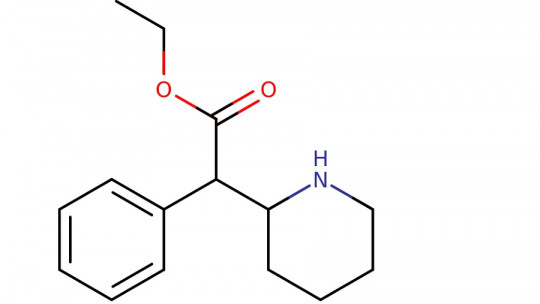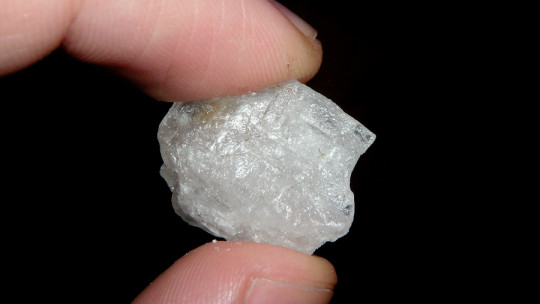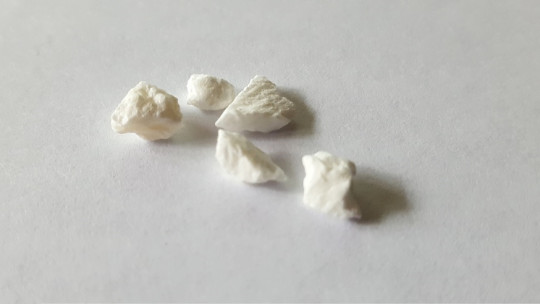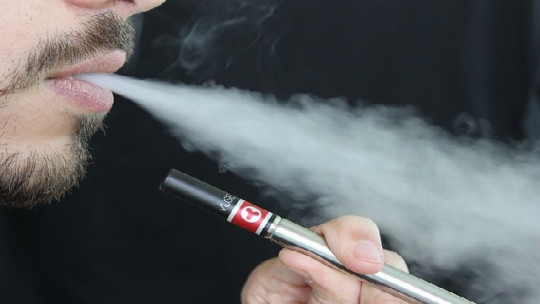
Drugs are addictive substances that can generate great dependence in the person who consumes them.
In this article we will make a brief description of what drugs are, to later delve into how one type of them works: stimulant drugs. Specifically, We will talk about the two most common stimulant drugs: cocaine and amphetamines. We will analyze their most notable characteristics, their mechanism of action, the disorders associated with them and what effects they produce on our body.
What are drugs?
The drugs are substances that, when introduced into the body, act on the central nervous system (CNS), altering or modifying its functioning.
These are substances that can easily cause different psychological alterations, such as consumption disorder (where drug consumption is excessive, interfering with the person’s usual functioning) and two types of disorders induced by the substance itself; intoxication and withdrawal (withdrawal syndrome).
But… what types of drugs exist? In the DSM-5 (Diagnostic Manual of Mental Disorders), we find the following classification of drugs:
That is, according to the manual, we find up to 10 different types of drugs, depending on their characteristics and effects.
As we see, among stimulant drugs we find: cocaine, amphetamines and others. That is why in this article we will talk about cocaine and amphetamines, as they are the most common stimulant drugs.
Stimulant drugs
Stimulant drugs are a type of drug that, as its name suggests, stimulate the activity of the central nervous system (CNS); That is, they are excitatory drugs that intensify brain activity.
On the other hand, among the effects of stimulant drugs we find greater alertness of mind, as well as increased energy and attention, along with an increase in blood pressure and the speed of breathing and heart.
Regarding their mechanism of action, stimulant drugs increase the levels of three types of brain neurotransmitters: dopamine, serotonin and norepinephrine (all of them monoamines).
Now, let’s talk about the stimulant drugs mentioned:
1. Cocaine
Cocaine is one of the stimulant drugs that exist. Thus, it is a drug that excites or stimulates the central nervous system (CNS), through a mechanism of action that consists of increasing the levels of dopamine, serotonin and norepinephrine in the brain Specifically, what cocaine does is block the neuronal reuptake of these three brain neurotransmitters.
This drug produces a series of important psychological and behavioral changes, which manifest themselves through three phases: the up phase (with symptoms such as euphoria, overflowing energy…), the down phase (depressive symptoms) and the down phase. hangover.
1.1. Route of consumption
Cocaine can be consumed in different ways, that is, it has different routes of consumption. The most common are: intravenously, smoked or snorted In the first two cases, its progression through the body is faster; In the third case (snorted), its progression is more gradual.
1.2. Consumption pattern
The consumption pattern associated with cocaine, logically, varies from one person to another. The episodic pattern implies separate use of it, for two or more days, with “binge eating” in between. The daily pattern, on the other hand, implies a progressive increase in substance consumption.
1.3. Prevalence
According to the DSM-5, around 0.3% of subjects over 18 years of age have a cocaine use disorder, placing the age range of highest consumption at 18-29 years. On the other hand, a greater consumption of this stimulant drug is observed in men (0.4%), if we compare it with the consumption in women (0.1%).
1.4. Cocaine withdrawal syndrome
Withdrawal syndromes associated with different stimulant drugs produce a series of symptoms that can cause great discomfort in the person who suffers from it. In the case of cocaine (as it is a stimulant drug), the symptoms that appear in such a syndrome are opposite: that is, essentially depressive symptoms will appear.
Specifically, In cocaine withdrawal syndrome, a triphasic pattern occurs, which consists of three phases. In the first phase (crash phase), acute dysphoria appears, with a descent into a depressed mood, along with anxiety. Other associated symptoms also appear, such as: agitation, fatigue, exhaustion, hypersomnolence, anorexia, etc.
In the second phase, abstinence itself occurs, with the reduction of previous dysphoric symptoms In this phase, subjects respond with more abstinence to conditioned environmental stimuli (such as places where the subject usually consumes the drug).
Finally, in the third and final phase of cocaine withdrawal syndrome, a state of excitement occurs in the subject ; Its duration is indefinite, and in it an intermittent irresistible desire appears, associated with multiple conditioned stimuli, such as: moods, places, people, white powder, mirrors, etc.
2. Amphetamines
Another of the stimulant drugs that we can find are amphetamines. Amphetamines, like cocaine, They are compounds with strengthening and stimulating effects for the brain and the body
Along with cocaine and other substances, amphetamines are included in the DSM-5 in the group of stimulant drugs. For its part, the ICD-10 (International Classification of Diseases) includes them in the group of “other stimulants”, along with caffeine.
Regarding its mechanism of action, Amphetamines act mainly by inducing the release of monoamines (i.e. serotonin, norepinephrine and dopamine, three types of brain neurotransmitters). That is, like cocaine, amphetamines act on these same three neurotransmitters, although in a different way.
Compared to cocaine, these stimulant drugs produce a longer-lasting effect on the body, and that is why a lower frequency of administration is needed.
2.1. Prevalence
Regarding the prevalence of amphetamine use disorder, this is slightly lower than in the case of cocaine, placing, according to the DSM-5, around 0.2% in subjects over 18 years of age
Furthermore, subjects with a diagnosis of amphetamine use disorder are mainly in the age group of 18 to 29 years (0.4%), with its consumption being more prevalent among men (vs. women).
2.2. Associated disorders
As with the other stimulant drug, cocaine, Amphetamines can lead to different disorders We can talk about two large groups of disorders: disorders induced by substance use (consumption disorder), and disorders induced by the substance itself (intoxication and withdrawal).
Thus, amphetamines (and/or their consumption) can cause all of these disorders.








